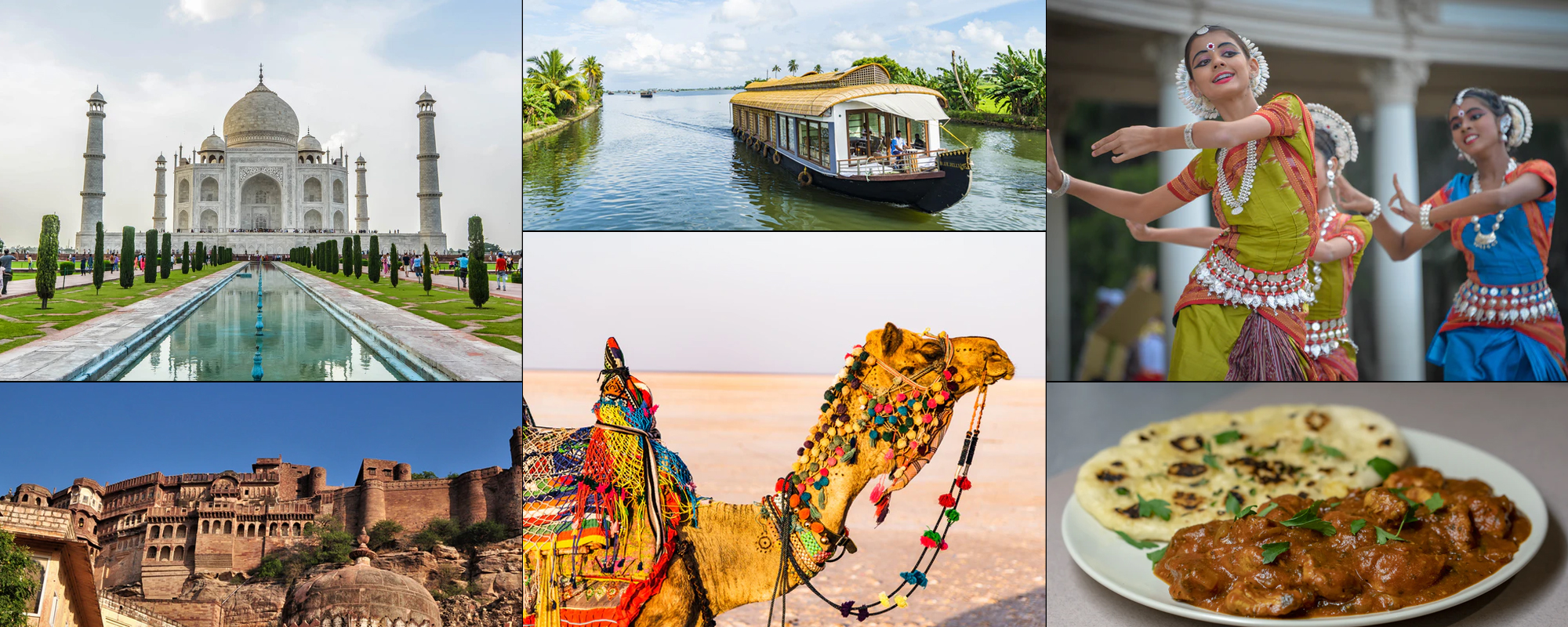
Madhya Pradesh, often referred to as the "Heart of India," boasts a rich tapestry of cultural diversity and artistic heritage. Among the many artistic traditions that thrive in this central Indian state, Bhil and Pithora paintings stand out as exquisite examples of indigenous artistry. In this article, we'll delve into the world of Bhil and Pithora paintings, their history, significance, and the thriving artistic communities that keep these traditions alive.
Bhil Paintings, an integral part of the tribal culture in Madhya Pradesh, primarily reflect the Bhil community's worldview and their deep connection with nature and spirituality. The Bhil tribe, one of the largest indigenous communities in India, has a rich tradition of oral storytelling and artistic expression. Bhil paintings serve as visual narratives of their myths, legends, and daily life.
These paintings are believed to have originated thousands of years ago, passed down through generations as a means of preserving their cultural heritage. Bhil art often revolves around themes like:
Bhil paintings are characterized by their use of vivid colors, bold lines, and intricate patterns. Traditionally, natural pigments and materials such as charcoal, cow dung, and plant sap were used to create these artworks. Over time, modern paints and brushes have found their way into Bhil art, but many artists still adhere to traditional methods.
Pithora paintings, on the other hand, are closely associated with the Rathwa and Bhilala tribes of Madhya Pradesh, particularly in the region of Jhabua. These paintings have strong spiritual and religious significance, often serving as a medium for invoking deities and seeking their blessings.
Pithora paintings are not merely decorative artworks but integral components of sacred rituals. They are primarily executed in preparation for a 'Pithora' ritual, which is performed to seek protection and blessings from the Pithora deity. The paintings are created on the walls of homes or in open spaces where the ritual takes place.
Pithora paintings are characterized by their distinctive iconography, featuring:
Creating Pithora paintings is a collective effort involving the entire community. During the Pithora ritual, the paintings are ritually consecrated and worshipped, reinforcing the bond between the spiritual and artistic aspects of tribal life.
While these traditional art forms have deep roots in the culture of Madhya Pradesh, they face several challenges, including the encroachment of modern influences. However, efforts are being made to preserve and promote Bhil and Pithora paintings:
Bhil and Pithora paintings in Madhya Pradesh serve as windows into the rich and diverse cultural tapestry of the state. These art forms are not only aesthetically captivating but also deeply rooted in spirituality and community life. As Madhya Pradesh continues to evolve, it is crucial to support and preserve these indigenous art traditions, ensuring that they remain vibrant and meaningful for generations to come.
If you're interested in exploring the fascinating world of Bhil and Pithora paintings, consider visiting tribal villages in Madhya Pradesh or attending one of the many cultural events dedicated to these art forms. You'll be captivated by the stories, colors, and symbols that bring these ancient traditions to life.
Copyright 2012-2024 Indiamap Digital Private Limited. All rights reserved. Privacy Policy | Terms of Use